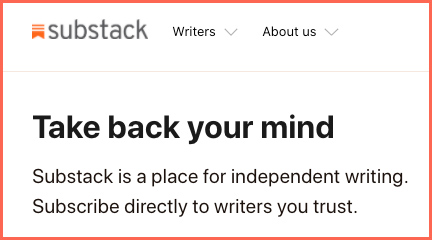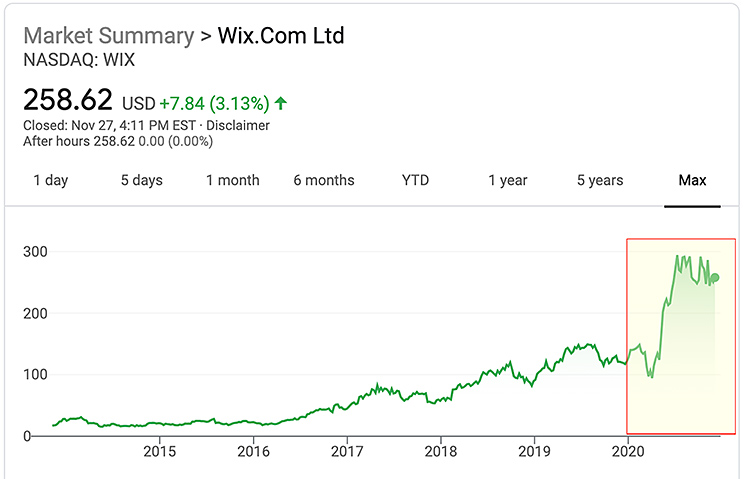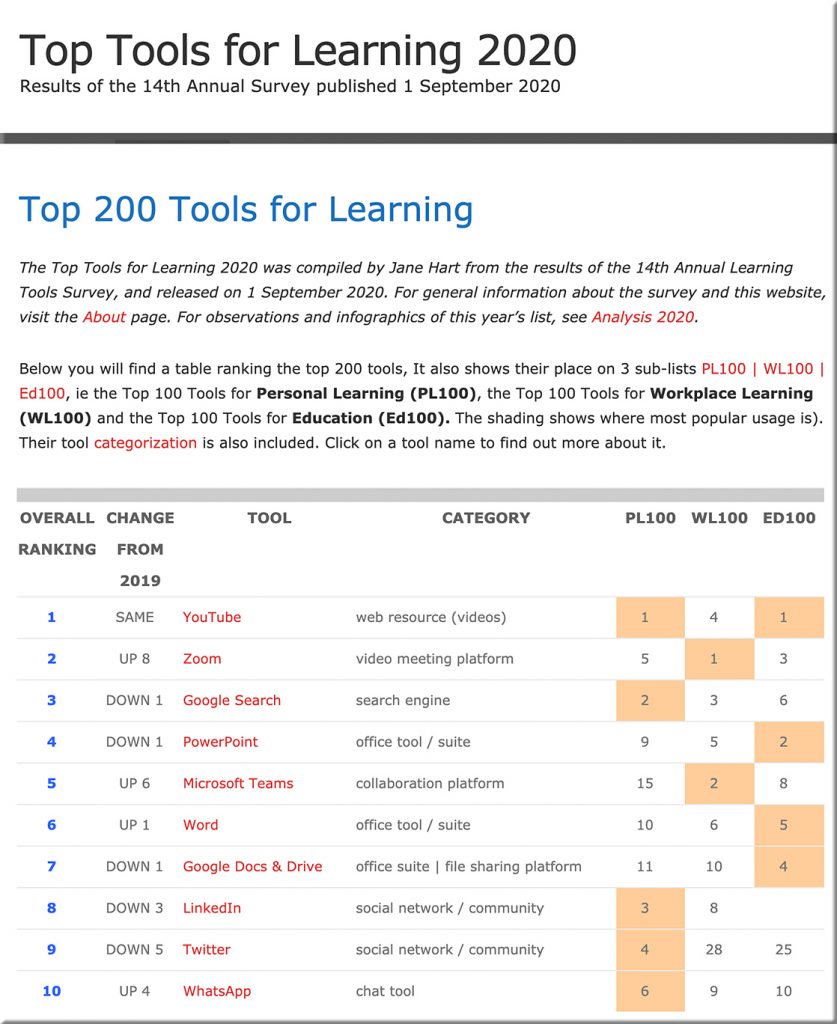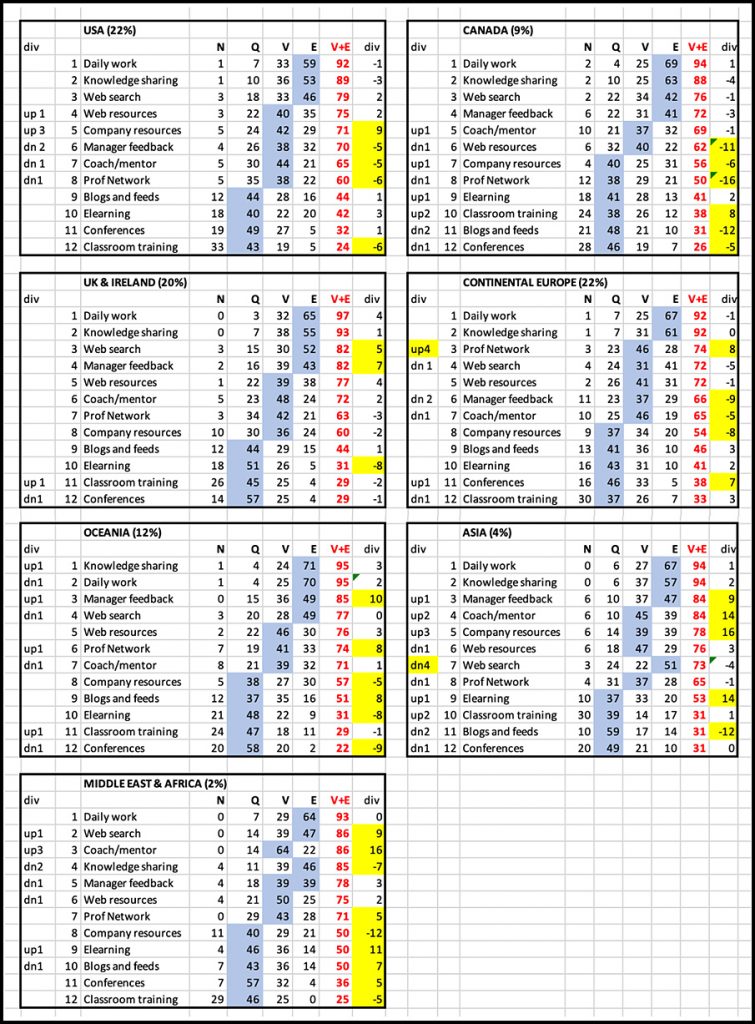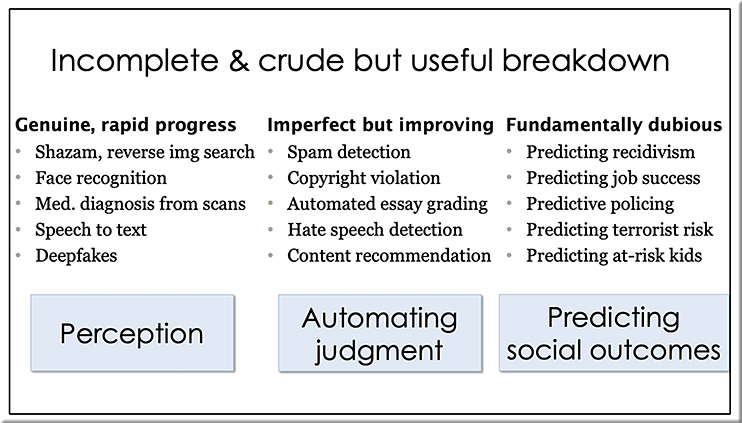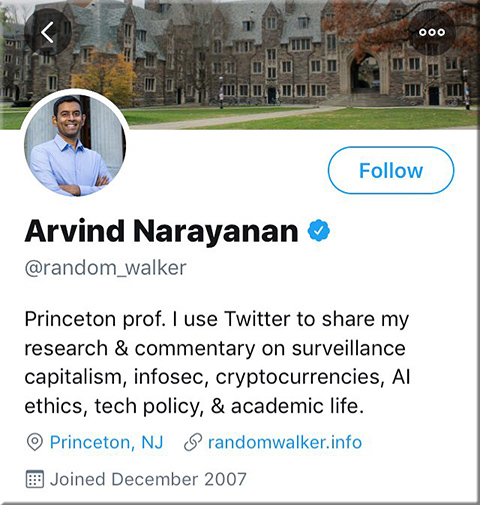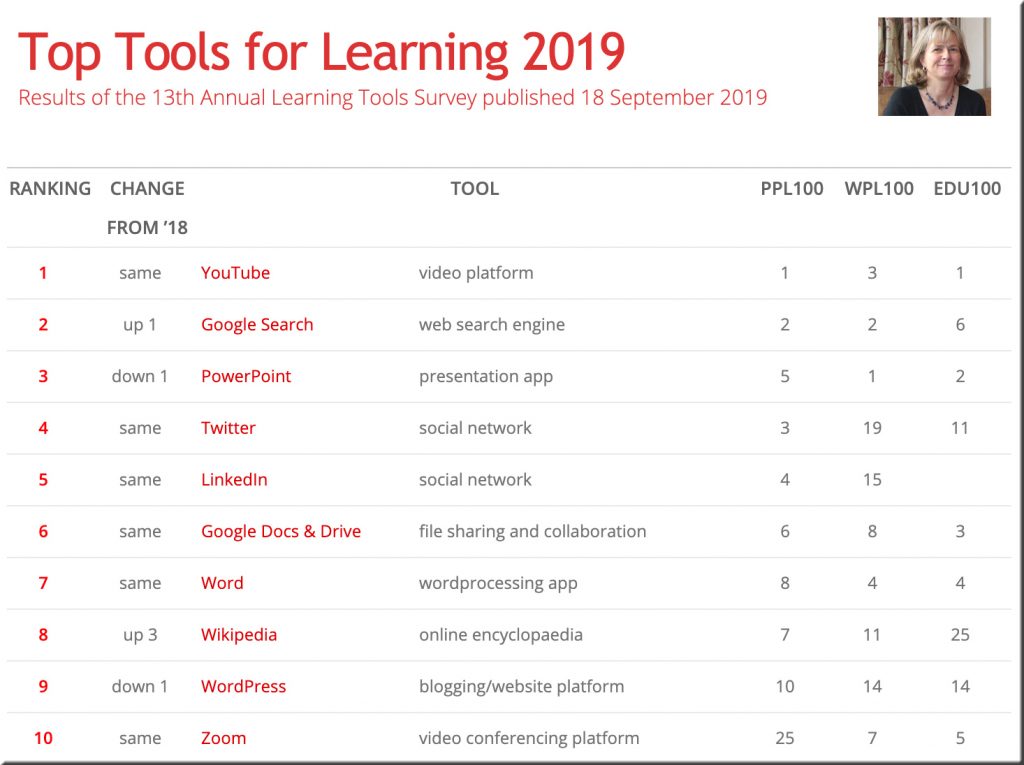Present and accounted for? Coronavirus-related school closures create attendance challenges — from educationdive.com by Linda Jacobson
Experts say regardless of the method used to track e-learning participation, ongoing contact with students will be essential.
Excerpt:
Alisa Belzer, an education professor at Rutgers University, says K-12 teachers can learn from those who teach online in higher education.
“When instructors stay on top of evaluating the work they are asking learners to complete, they can easily determine who is ‘there’ and who’s not. A key ingredient in this process is creating engaging assignments with clear deliverables,” she says. “When instructors give feedback that is specific, clear, and actionable, students know their instructors are very much a part of their learning process. This also encourages ‘attendance.’”
From DSC:
I also think the more choice we give students will help with their levels of motivation — their sense of purpose. They will chose what’s relevant, enjoyable to them — what they are curious about and want to learn more about. I’ve witnessed this with our daughter, whose spark for writing has ignited. Her imagination is great, and she loves to write. She is going to start her own blog, which will allow her to practice. It’s highly motivating/exciting to her — to have a voice and to be able to share her work with a wider audience.
I think that if we could give students some more leeway to study what they want to study, we wouldn’t have to worry nearly as much about attendance and lack of learning. Naive? Maybe. But I’ve witnessed the K-12 runaway train that won’t stop for anyone. It travels fast, and it doesn’t stop, no matter if mastery is achieved or not.

I’ve also seen controlling K-12 environments that create gameplayers (our son is one of them).
In these rough times, I hope we don’t throw away the chance to change what’s not working within our K-12 systems. Let not this pain go to waste. My vote is to give students more agency.









